Reformer Pilates is a low-impact workout that uses a specialized apparatus to improve strength, balance, and flexibility. With its adjustable resistance via a sliding platform, springs, and pulleys, the reformer allows for a wide range of movements, making it ideal for posture correction, core strength, and muscle pain relief. Suitable for all levels, from beginners to advanced, the workout can be tailored to your needs.
In this guide, we’ll walk you through how reformer Pilates works, explore some popular moves, and provide essential tips for beginners or anyone looking to stay safe and effective during practice.
What is a Pilates Reformer Machine?
A pilates reformer is a pilates apparatus that adds control, muscle isolation and body awareness to any exercise. The reformer combines spring resistance, sliding carriage, and straps, providing fresh opportunities to exercise the entire body. Mat pilates relies on body weight and props, the reformer allows physicians to easily tune resistance and get feedback on form. It originates from the early 1900s, when Joseph Pilates utilized bed springs to build a platform for resistance-based workouts.
Main components of a Pilates reformer:
- ● Sliding carriage
- ● Adjustable springs
- ● Footbar
- ● Straps or loops with pulleys
- ● Headrest and shoulder blocks

Sliding Carriage
The reformer’s carriage slides to and fro on rails, allowing users to experiment with exercises in a variety of positions — lying on the back, the side, kneeling, or even standing. While the carriage glides, it’s up to you to control it. Once you locate the correct placement on the carriage, your body automatically lines up well, which is crucial for performing moves safely and powerfully. Varying carriage positions can challenge an individual’s balance and core strength. A lot of core-centric moves, like ‘footwork’ or ‘hundreds,’ require maintaining that midsection tight as the carriage moves.

Adjustable Springs
Springs beneath the carriage can be adjusted for light, medium, or heavy resistance. Tinkering with these makes workouts suitable for fit people at every level, from novice to athlete. Lighter settings assist with rehab or stretching, while heavier springs bring a grueling challenge for strength gains. Changing spring tension shakes things up so muscles don’t get bored. In rehab, the springs allowed patients to begin with small, safe movements and gradually accumulate.

The Footbar
The footbar serves as a foundation for the feet or hands, providing a push-off point for exercises such as leg presses or planks. It can be adjusted up or down to fit one’s body or specific exercises. This bar is used for balance, leg work, and establishing your line. In standing work or when hands push the bar, the footbar assists to keep folks steady and keeps joints in secure positions.
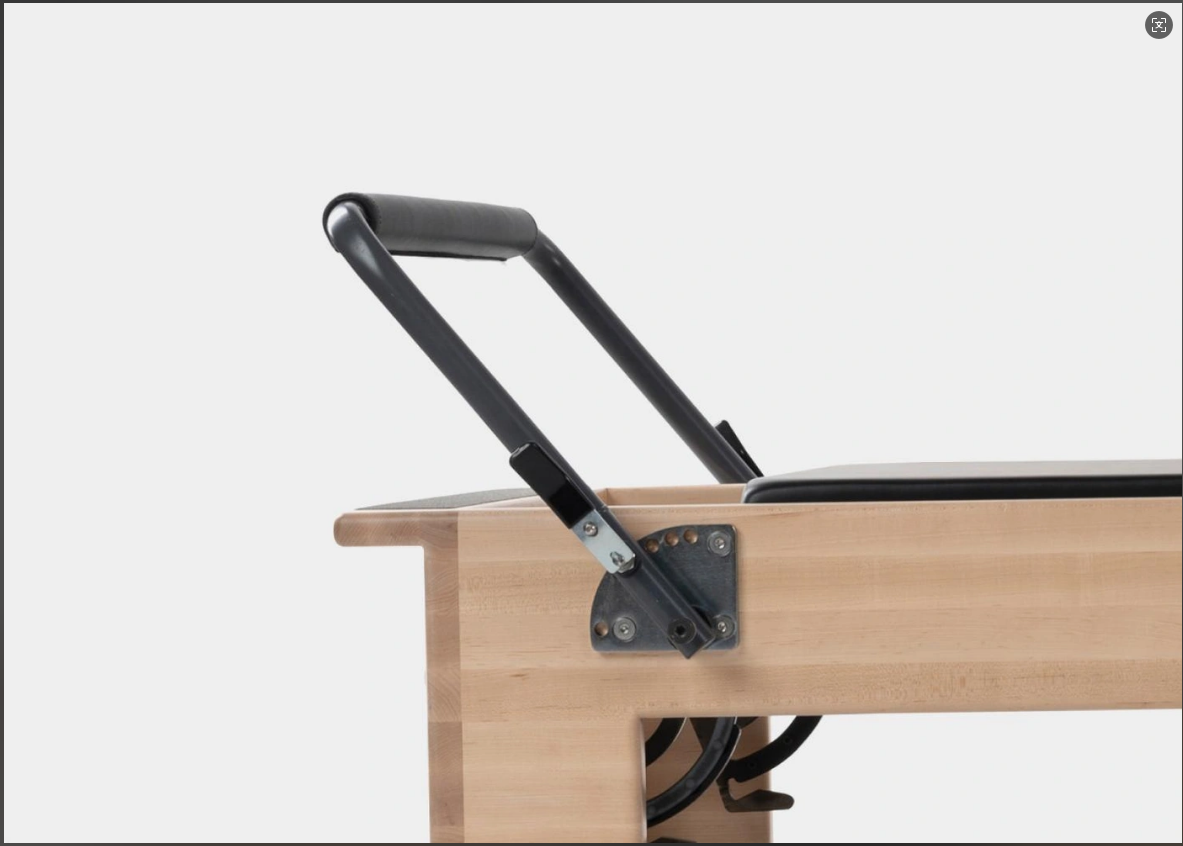
Straps or loops with pulleys
The straps/loops attach to pulleys and allow individuals to exert pushing or pulling forces with their arms or legs. With these, exercises transcend standard gym motions, challenging muscles to operate through a larger range. Leaning on the straps, users stretch, strengthen, and build better posture all at once. Moves such as ‘arm circles’ or ‘leg circles’ require slow, steady pulls, which ignite the core and assist with balance.

The Core Benefits of Reformer Pilates
Reformer Pilates is a standout holistic fitness regimen. It combines strength, flexibility, balance and concentrated breathing, attracting individuals seeking a mindful, whole-body workout. Reformer Pilates exercises use a sliding carriage, springs and pulleys to challenge and support your body in new ways.
Total-Body Strength
Reformer Pilates combines multiple muscle groups. By pulling and pushing against spring resistance, the body receives an even workout. Classic moves — such as footwork, the long stretch and arm circles — engage both large and small muscles. This keeps muscle growth balanced and reduces weak points.
The reformer allows you to choose your resistance for each movement. This allows you to begin easy, then introduce springs as you become more powerful. As time goes on, you can note how much increased resistance you apply, or how many reps you can complete with good form. Over time, they tend to find themselves moving more gracefully and feeling physically more robust in their day-to-day lives.
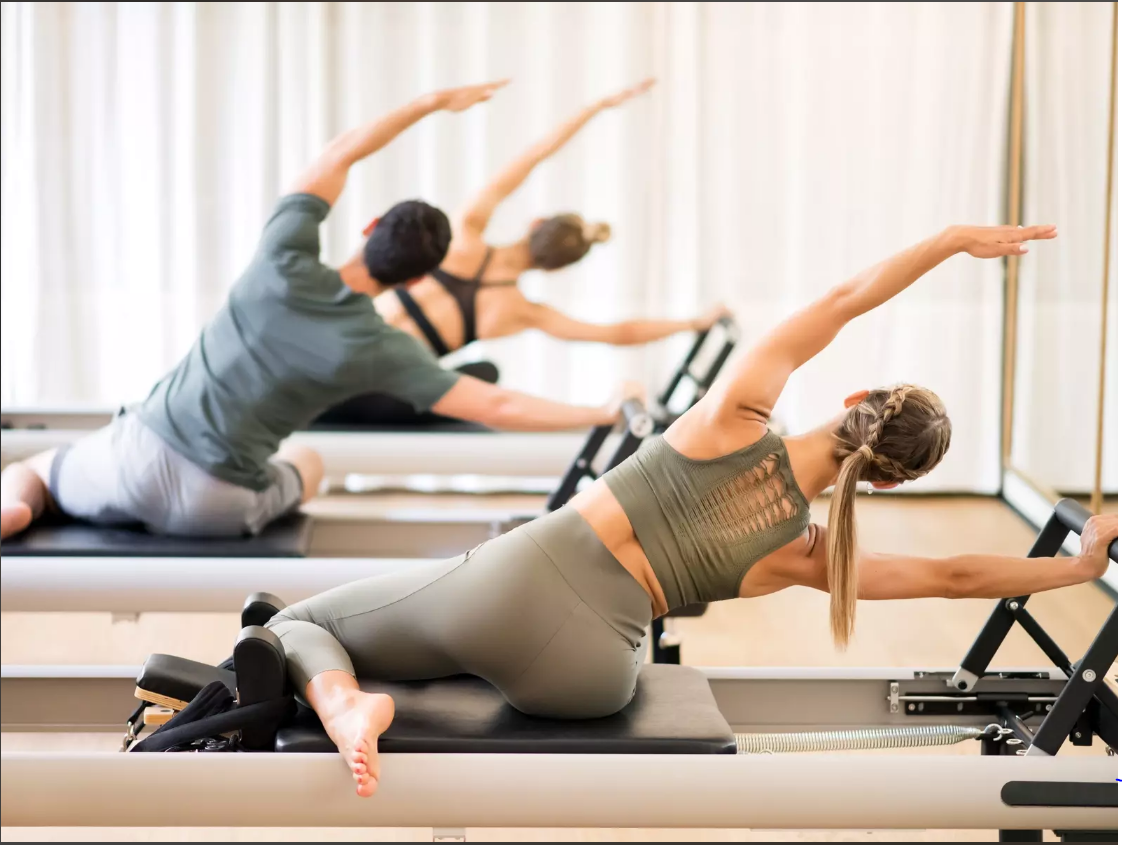
Enhanced Flexibility
Stretches on the reformer are safe and deep. The sliding carriage and adjustable springs allow you to flow into each stretch and maintain with control. Moves such as leg circles and the mermaid stretch specifically attack tight places. That combination of strength and stretch encourages muscles to become long and lean.
Incorporating flexibility drills into each reformer session can transform the way your body feels and moves. Over weeks you may notice that you can stretch further or squat lower. Research supports this—one study found that Pilates twice a week for three months increased hamstring flexibility and muscle endurance.
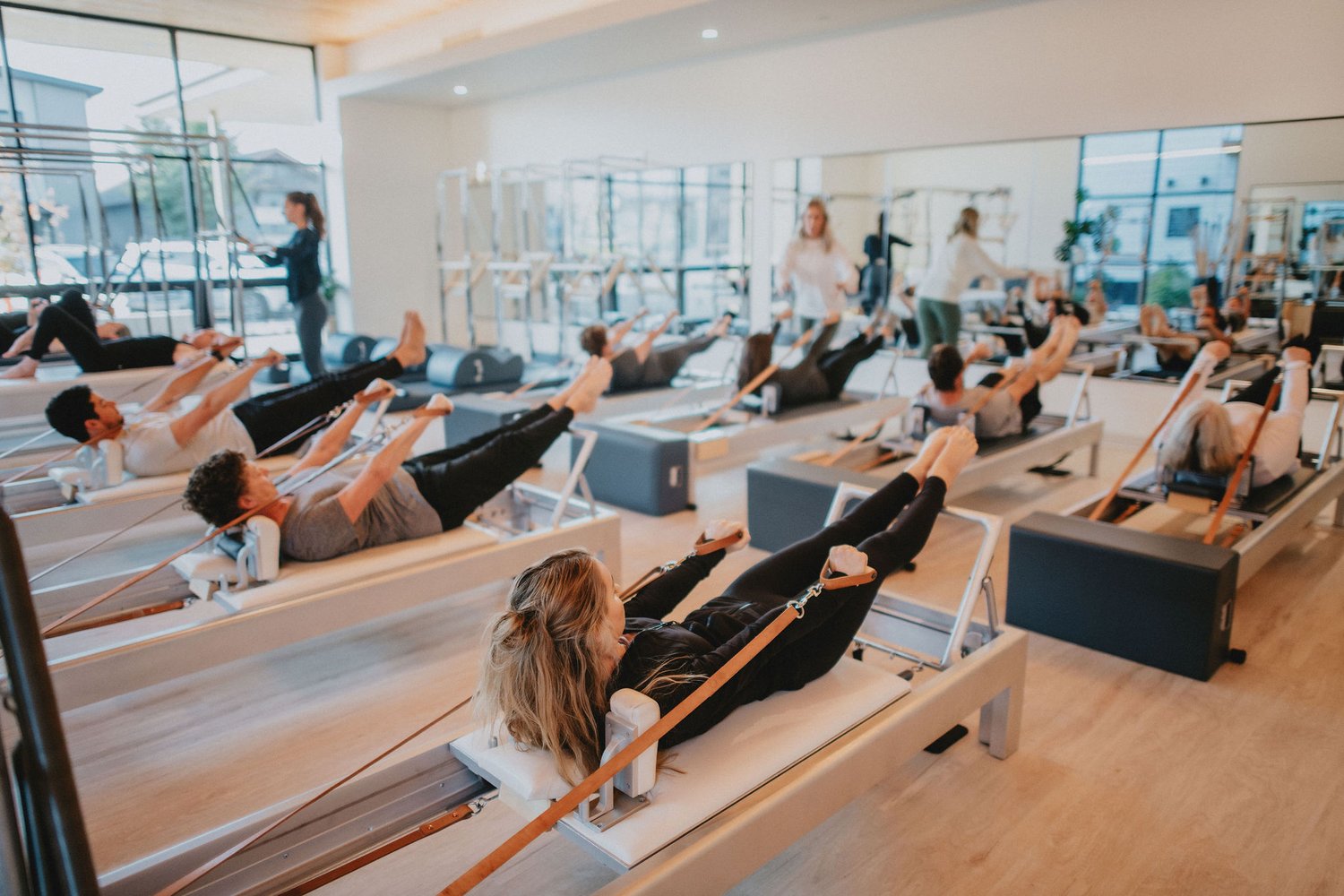
Postural Alignment
Proper form is the aim in each reformer motion. The springs assist in steering the body where to remain in line, while the footbar and straps provide prompts for correct positioning. This strengthens the muscles that support the spine erect and stable.
Better posture begins to make an appearance off the reformer, as well. They sit straighter at their desks or experience alleviation of back pain. The reformer imparts body mindfulness, so you learn to move with caution, not only during class, but throughout the day.
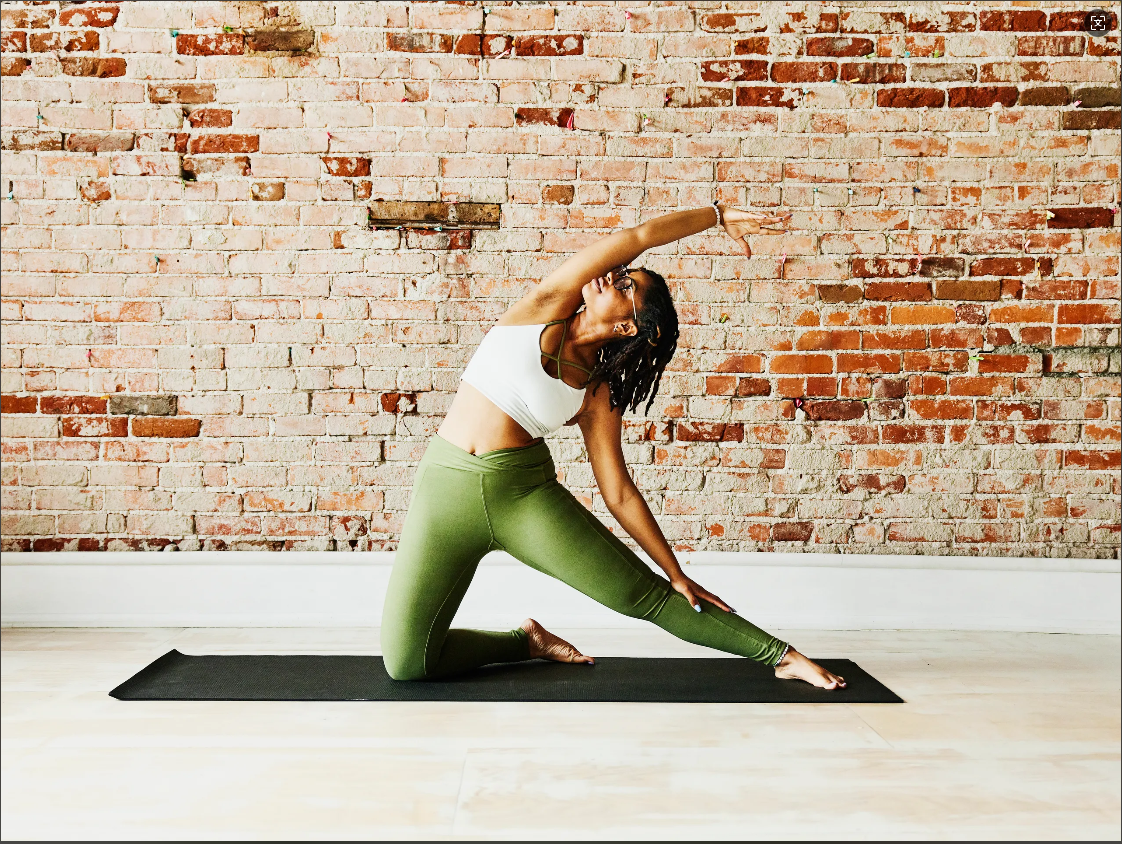
Deep Core Power
Moves like the Hundred and knee stretches on the Reformer Pilates body shaping machine are especially effective for activating core muscles—particularly the transverse abdominis, a deep muscle that wraps around your midsection like a built-in corset, keeping your torso stable.
Thanks to the machine’s adjustable resistance and guided motion, you can engage your core more precisely and safely. A stronger core not only reduces the risk of back pain but also improves posture, balance, and your ability to maintain good form during workouts and daily movement.
Mind-Body Connection
Reformer Pilates requires you to focus on breath and movement. You align every breath to a step in the exercise, which cultivates concentration and tranquility. This allows you to pay attention to how your body feels, which muscles are engaging, and when to release.
Remaining present in this way can render workouts more efficacious. Other research says Pilates can reduce stress and pains, like cramps, and lower stress hormones when performed twice a week.

The Power of Breath
Breath is essential in reformer Pilates—it improves every move, boosts technique, and connects body and mind. Deep breathing increases oxygen flow to muscles, enhancing energy, performance, and recovery. Studies show it can boost endurance by 15%.
- ● Lateral breathing: Expands your ribcage while keeping your stomach stable, relaxing your core. This is especially beneficial for those with back pain or anyone looking to improve breathing efficiency during exercise.
- ● Deep exhales: Activate your abs, strengthening your core, particularly in moves like the Hundred. This technique is useful for beginners to engage their core properly and for athletes looking to enhance endurance and muscle control.

Reformer Vs Mat Pilates
Mat Pilates and Reformer Pilates share the same foundational principles but shape the body and improve movement in different ways. The table below highlights their differences in equipment, resistance, target groups, intensity, and breathing techniques.
| Aspect | Mat Pilates | Reformer Pilates |
| Equipment | Only a mat needed | Requires a spring and strap machine |
| Resistance | Uses body weight | Customizable resistance via springs and straps |
| Ease of Access | Simple to start, can be done anywhere | Requires machine, best in a studio setting |
| Best For | Beginners, those with restricted mobility | Postural correction, injury recovery, muscle isolation |
| Core & Hip Strength | Focus on core and hip strength, flexibility | Greater precision in strengthening core and aligning posture |
| Flexibility | Increases back and hip flexibility, balance | Assists in spinal and hip range of motion |
| Postural Benefits | Improves overall body strength | Targets specific muscles, improves alignment |
| Intensity Modulation | Easy to modify intensity (simpler moves) | Intensity can be adjusted through machine settings |
| Breathwork | Supports core and mental focus | Integral for power, less strain, and flowing movement |
| Good For | All fitness levels, simple for beginners | Those needing more guidance, recovery, or specialized workouts |
Is Reformer Pilates for You?
Reformer Pilates is an adaptable workout that fits a variety of fitness levels and needs. It utilizes a unique apparatus equipped with springs and pulleys to assist movement and provide resistance. You don’t have to be fit or strong to begin—classes are for everyone, and the workout can be adapted to suit your abilities or objectives.
For Beginners
Taking an introductory class is genius for new users. You’ll become familiar with the reformer, understand how the moving carriage, foot bar and springs function, and practice fundamental moves. Most studios have new student classes that emphasize safe form and clear instruction.
Beginner classes will usually begin with easy exercises—such as footwork, bridging or arm presses—that familiarise you with the equipment and increase your confidence. Over time, as you pick up the fundamentals, you can introduce new moves and challenge yourself with harder workouts. This progressive technique allows you to acquire ability without being overwhelmed. Teachers observe your form and assist you with modifications, which reduces your injury risk and allows you to see results more quickly.
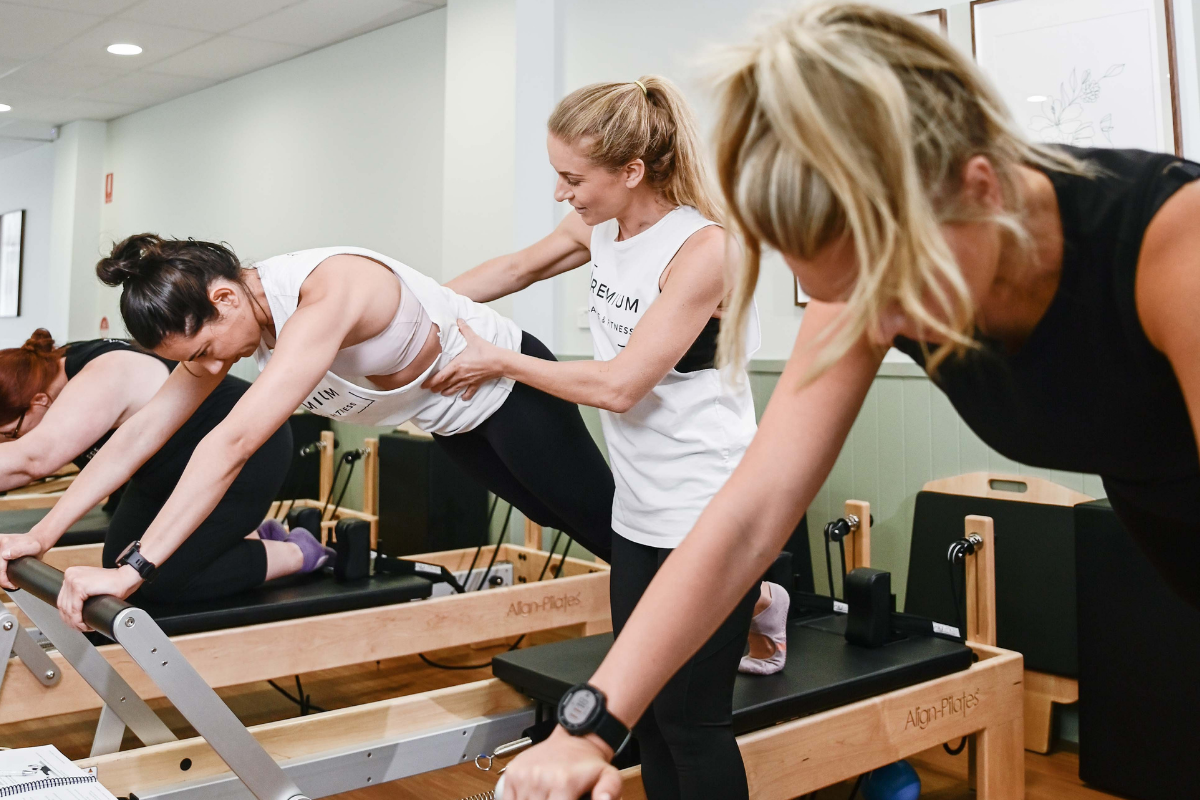
For Professionals
Reformer Pilates is a valuable tool for professionals seeking to improve physical performance, prevent strain, and support overall well-being. The adjustable resistance allows targeted training for specific muscle groups based on individual job demands. For example, those who stand for long hours can focus on lower-body stability, while individuals with desk-bound or repetitive upper-body tasks may benefit from shoulder and back strengthening.
Professionals often take on more advanced movements—such as lunges on the moving carriage or single-leg balance work—to build core strength and enhance control. The reformer also improves flexibility, which supports better posture, movement efficiency, and long-term physical health.


✅ Conclusion
Reformer Pilates delivers real, noticeable improvements in strength, balance, and control. Every movement on the machine activates deep stabilizing muscles while keeping the joints safe. Whether you're a beginner or a fitness enthusiast, you'll feel the difference in how your body moves and responds.Breathwork helps maintain flow, build focus, and support smooth, controlled motion. Users appreciate the variety of exercises, the linear support from the springs, and the feeling that every session is tailored just for them.
Looking to purchase a Pilates reformer machine? Visit our product page or feel free to contact us via WhatsApp +86-13775339109, WeChat 13775339100. We're here to assist you!

Talk To Our Experts
Connect with an NQ expert to discuss your product needs
and get started on your project.
Frequently Asked Questions
What is a Pilates reformer machine?
A Pilates reformer is a bed-like frame with a flat platform that moves on wheels. It incorporates springs, straps and pulleys to generate resistance for various exercises, assisting in enhancing strength, flexibility and posture.
How is reformer Pilates different from mat Pilates?
Reformer Pilates incorporates a machine for resistance and assistance, whereas mat Pilates is performed on the ground with just bodyweight. Reformer Pilates will provide you more exercise diversity and is usually easier to customize for beginners.
What are the main benefits of reformer Pilates?
Reformer Pilates strengthens the core, balance, flexibility and posture. It can assist in injury recovery, in upping muscle tone and body awareness.
Is reformer Pilates suitable for beginners?
Yes, reformer pilates is for beginners with instructors who adjust workouts to YOUR level, it’s actually doable for most people, even if you’re a Pilates virgin.
How often should I do reformer Pilates to see results?
The majority of individuals see improvements when doing reformer Pilates 2-3 times a week. A regular practice is key to developing strength, increasing flexibility, and noticing advancement.
Do I need special clothing or equipment for reformer Pilates?
Dress in comfortable, form-fitting attire. Grip socks are typically suggested for safety on the reformer. All other apparatus is generally supplied by the studio or gym.
Can reformer Pilates help with back pain?
Reformer Pilates assists with back pain by fortifying your core and enhancing your posture. Work with a certified instructor and your doctor if you have pre-existing back problems before beginning.
Post time: Jul-17-2025
